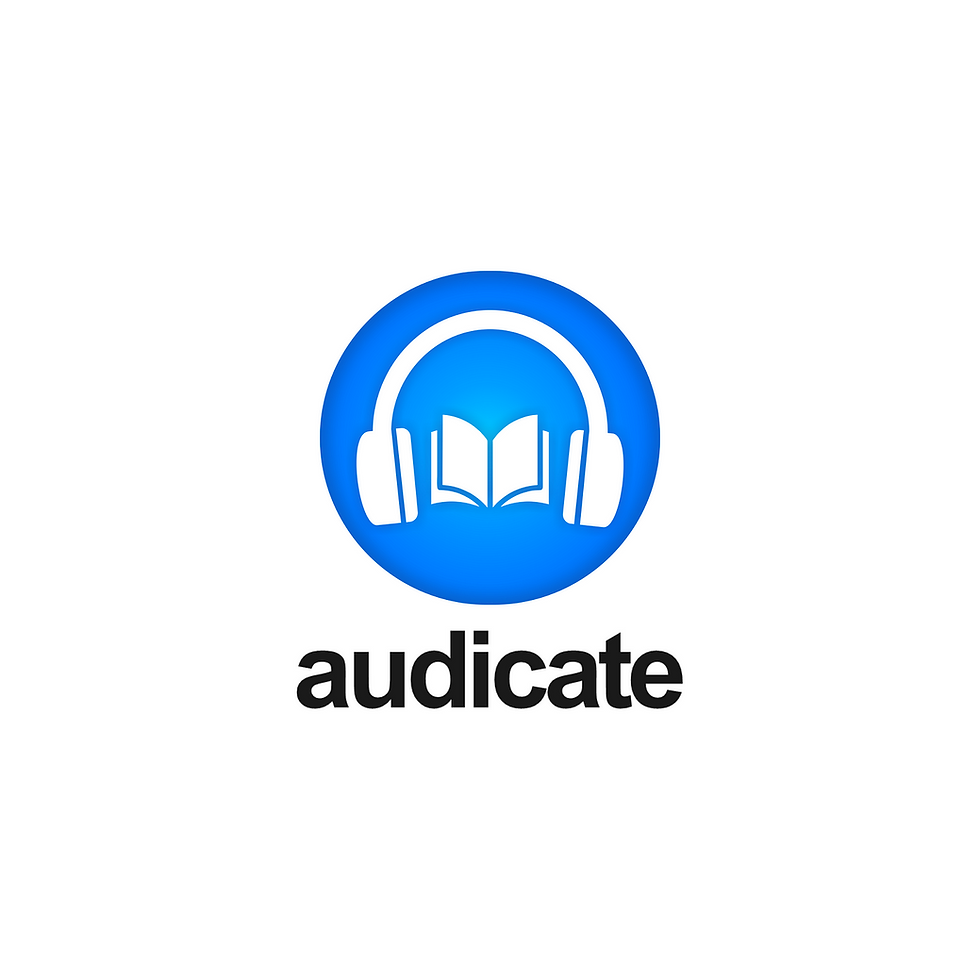CHATGPT v/s Google AI Bard
- Ankit Malviya
- Feb 14, 2023
- 3 min read

Artificial Intelligence has come a long way in recent years, with advancements in machine learning, natural language processing, computer vision, and other areas. As a result, AI systems are becoming more prevalent in our daily lives and are being used in a wide range of applications. Two prominent examples of AI systems are ChatGPT and Google AI, which differ in several ways.
ChatGPT is a large language model developed by OpenAI that can understand and generate human-like language. It uses a neural network architecture to process text input and generate responses. This technology is based on a branch of machine learning called deep learning, which uses artificial neural networks to simulate the way the human brain works. By processing vast amounts of text data, ChatGPT can learn to understand language and generate natural-sounding responses to questions or prompts.
One of the most significant advantages of ChatGPT is its flexibility. Since it is a general-purpose language model, it can be applied to many different tasks, such as summarizing text, generating articles, answering questions, and more. For example, the GPT-3 version of ChatGPT is a 175 billion parameter model that can perform a wide range of natural language processing tasks with impressive accuracy.
On the other hand, Google AI is a broad term that encompasses many AI technologies and systems developed by Google. These systems are often focused on specific tasks, such as image recognition, language translation, or voice recognition. Google AI is based on a variety of machine learning techniques, including supervised learning, unsupervised learning, and reinforcement learning.
One of the most well-known examples of Google AI is the Google Assistant, a voice-activated digital assistant that can perform a variety of tasks, such as setting reminders, answering questions, and controlling smart home devices. The Google Assistant uses natural language processing to understand voice commands and generate responses, making it easy for users to interact with their devices without the need for a keyboard or touch screen.
Another example of Google AI is Google Translate, which uses machine learning to translate text from one language to another. This technology has improved significantly in recent years, with the introduction of neural machine translation, a form of machine learning that uses artificial neural networks to process and generate translations. This has resulted in more accurate and natural-sounding translations, making it easier for people to communicate across language barriers.
Overall, while both ChatGPT and Google AI are powerful AI systems, they have different strengths and applications. ChatGPT is designed to work with language, while Google AI is a broad term for a range of AI technologies developed by Google. ChatGPT is a general-purpose language model that can be applied to a wide range of natural language processing tasks, while Google AI is often focused on specific applications such as voice recognition or language translation. However, both technologies demonstrate the significant advancements that have been made in AI in recent years and the potential for further developments in the future.
In conclusion, both ChatGPT and Google AI are examples of the incredible advancements that have been made in the field of artificial intelligence. ChatGPT, developed by OpenAI, is a powerful language model that can understand and generate human-like language, making it a versatile tool for a wide range of natural language processing tasks. On the other hand, Google AI is a broad term that encompasses many AI technologies and systems developed by Google, with a focus on specific applications such as voice recognition, image recognition, or language translation.
While these AI systems have different strengths and applications, they demonstrate the enormous potential of AI to transform various industries and our daily lives. As AI technology continues to evolve, we can expect to see more innovative and powerful applications in the future, which will enhance our ability to understand and interact with the world around us.



Comments